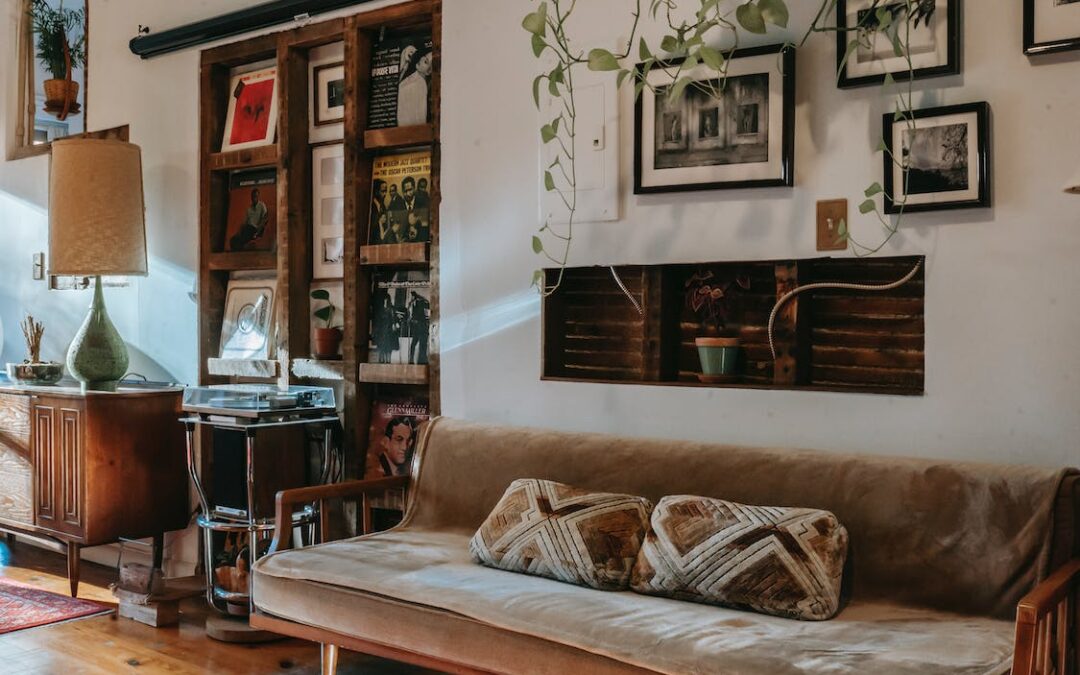A delicate dance between the past and present unfolds in the vintage furniture world. Uncovering hidden treasures and breathing new life into weathered pieces encapsulate the essence of the old furniture buying and selling journey. From exploring diverse sources to embracing the potential of restoration, here are essential tips that guide enthusiasts and collectors on their journey of buying and selling pre-owned furniture.
Search Diverse Sources
Firstly, embarking on a quest to discover hidden treasures entails deliberately exploring diverse sources. The landscape of vintage furniture acquisition extends beyond conventional avenues, inviting seekers to unravel the stories encapsulated within each piece. Thrift stores, with their eclectic assortment of items, offer an unpredictable canvas where unexpected gems often await discovery.
The allure of flea markets lies in their vibrant atmosphere, a bustling haven for unearthing pieces brimming with history. Venturing into the digital realm opens doors to online marketplaces, where a virtual tapestry of old furniture unfurls. Estate sales, a poignant juncture where personal legacies are redistributed, offer an intimate glimpse into the past.
Auctions introduce an element of excitement, granting access to rare furniture that can become cherished heirlooms. In the pursuit of hidden treasures, the joy often lies in discoveries made through diverse sources. Whether rummaging through shelves or engaging in live bidding, the search’s essence is embracing the journey.
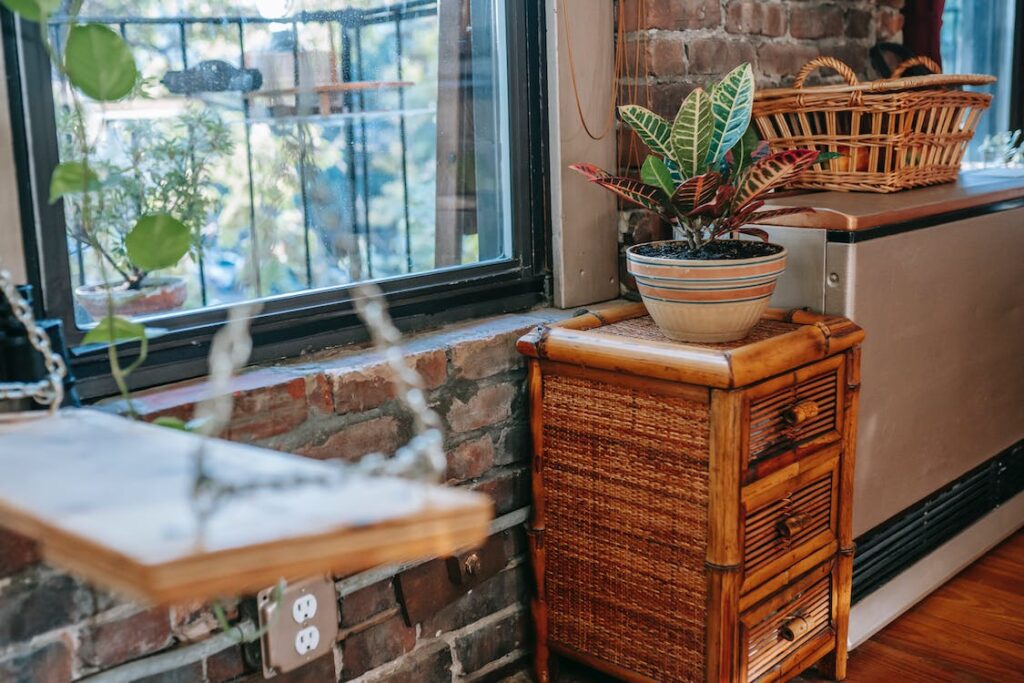
Buying and selling pre-owned furniture can be a fun hobby or a full-time job.
Consider Refinishing and Look Past Surface Imperfections
Next, a crucial facet of buying and selling pre-owned furniture involves refinishing, which can breathe new life into weathered treasures. Beneath layers of wear and patina, many old furniture pieces possess an inherent beauty waiting to be unveiled. By looking beyond the superficial blemishes, collectors and enthusiasts can discern the true essence of a piece.
Moreover, refinishing transcends mere cosmetic enhancement; it’s a thoughtful act of preservation that respects the craftsmanship of yesteryears. The process involves meticulous stripping, sanding, staining, and finishing, culminating in a transformation that can be astonishing. The colors and grains that may have dulled over time are reborn, and the subtle nuances of the wood’s character emerge vibrantly. It’s a delicate dance between preserving history and infusing contemporary relevance.
Furthermore, the act of refinishing nurtures a sense of connection between generations. Next, imperfections that witness years of use become badges of honor, symbols of resilience and endurance. This revitalization process is an artistic endeavor, a harmonious collaboration between the original craftsman and the modern enthusiast.
Choose the Right Platform
Choosing the right platform is a pivotal decision that can significantly impact the outcome of your endeavor. In today’s interconnected world, many avenues await, each with its advantages and considerations. Furthermore, online marketplaces provide a global reach, enabling you to connect with a diverse audience interested in vintage and antique pieces. Now, platforms allow you to showcase your items to a wide and engaged audience.
Turning to local classifieds or community forums can be particularly effective for those seeking local connections. Craigslist, neighborhood Facebook groups, or even bulletin boards in local businesses can connect you with buyers in your immediate vicinity, facilitating seamless in-person transactions and reducing shipping complexities.
In addition, the choice of platform should align with your target audience, the nature of your furniture items, and your comfort level with the chosen medium. However, regardless of the platform, ensure your listings are well-crafted, visually appealing, and informative. Regularly monitor inquiries and promptly respond to potential buyers, building trust and rapport to foster successful transactions.
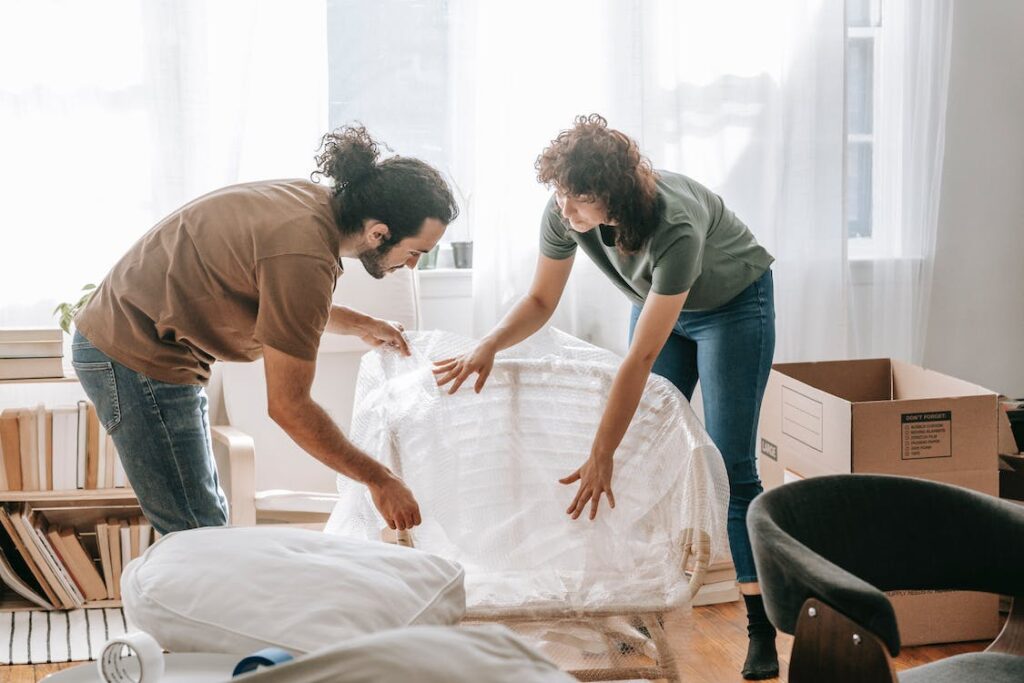
Use a storage unit to prevent buying and selling old furniture from taking over your home.
Utilize Mini Storage to Your Advantage
Renting a mini storage unit can be a strategic and practical solution to streamline the process of buying and selling old furniture and decor. Such storage units offer a secure and versatile space that addresses the challenges of managing a fluctuating inventory of vintage pieces. For sellers, having a dedicated storage space allows them to efficiently store and organize their collection, ensuring that each item remains in optimal condition while awaiting sale. That reduces the risk of wear and tear when furniture is kept in less controlled environments.
On the buyer’s end, renting a mini storage unit in New York City provides flexibility in acquiring and storing pieces. With a secure unit for your furniture, you can take advantage of deals and purchases while having a secure location to store your finds. Moreover, storage units offer a neutral transaction meeting point, ensuring buyers and sellers feel safe and comfortable during exchanges.
The climate-controlled environments offered by many mini-storage units also play a crucial role in preserving the integrity of vintage furniture and decor. They guard against the detrimental effects of temperature fluctuations, humidity, and pests, which are particularly important when dealing with delicate and aged items.
Ensure The Authenticity of The Furniture
When considering the purchase of antique furniture, a crucial step is ensuring the piece’s authenticity. That entails a meticulous examination that extends beyond mere aesthetics. Research is fundamental in this endeavor, as it grants insight into the style, era, and craftsmanship.
By delving into historical records, catalogs, and reputable sources, buyers can gather information that aids in distinguishing genuine antiques from skillfully crafted replicas. However, research alone might not provide definitive answers, especially when dealing with intricate reproductions. In such cases, seeking the expertise of professionals or experienced collectors is highly recommended.
Consulting with appraisers, antique dealers, or restoration experts can provide invaluable insights into the nuanced markers of authenticity, including specific joinery techniques, materials, and even subtle wear patterns that accumulate over centuries. These experts possess a trained eye honed through years of experience, enabling them to discern the finer details.
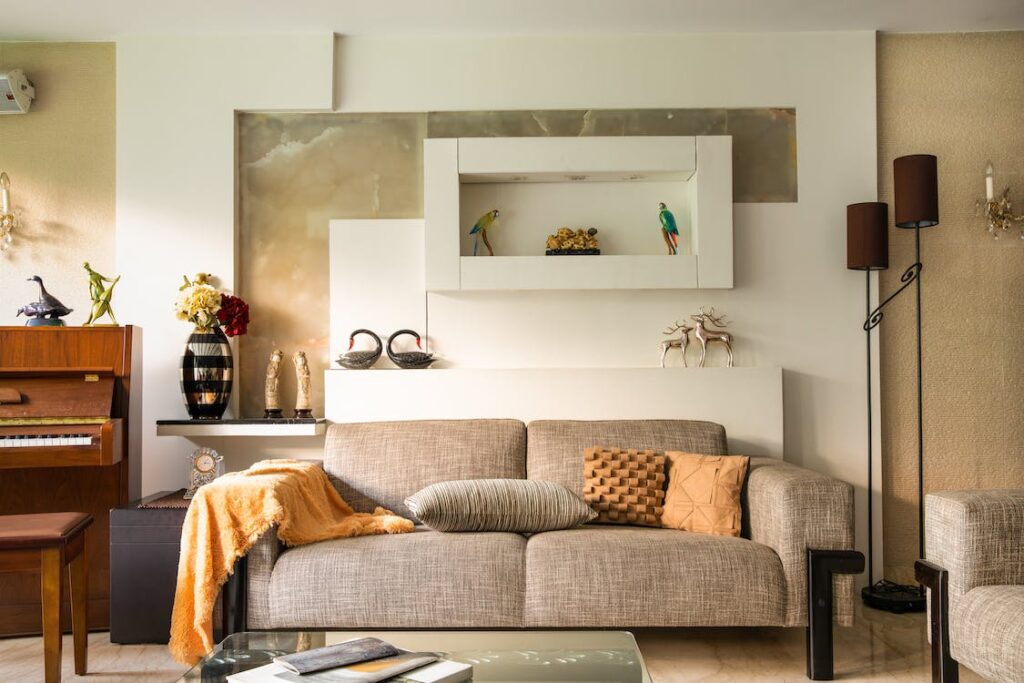
Use online tools to your advantage.
Write Detailed and Accurate Descriptions
Crafting accurate and insightful descriptions for online listings of old furniture is a fundamental practice. In a digital landscape where physical inspection isn’t possible, the words you choose play a pivotal role in conveying the essence of each piece. Honesty is paramount; accurately portraying the furniture’s condition, history, and characteristics fosters transparency and sets the foundation for successful transactions.
In addition, detail is your ally. So, provide a comprehensive overview that includes dimensions and materials and delves into the furniture’s story. Also, highlight the unique features that set it apart—the intricate carving, the patina acquired over time, or the artisanal craftsmanship that harkens to a specific era. Transparency extends to any flaws or imperfections as well. Also, a minor scratch, a worn corner, or a small dent tells the story of the piece’s journey and lends authenticity to its age.
Overall, the art of description lies in creating a vivid mental image for potential buyers. Incorporate sensory language that allows them to envision the furniture in their space, from the texture of the wood to the warmth it exudes. Utilize keywords relevant to design styles, historical periods, and sought-after characteristics, enhancing the discoverability of your listings.
Incorporate High-Quality Photos
The saying “a picture is worth a thousand words” couldn’t be more accurate, especially when selling furniture. High-quality photos serve as windows into the soul of each piece. Clear, well-lit images captured from various angles act as visual narratives, effectively communicating the furniture’s condition, design, and charm.
In addition, lighting is a cornerstone. Natural, diffused light reveals the nuances of wood grain, upholstery texture, and intricate details. So, avoid harsh shadows that obscure the furniture’s features. Furthermore, multiple angles provide a comprehensive view, allowing buyers to understand the piece’s proportions and dimensions, aiding in their decision-making process.
However, beyond capturing aesthetics, focus on honestly depicting the furniture’s condition. Showcase any patina, wear, or blemishes, as these contribute to the character of old furniture. Honoring transparency builds trust and fosters a genuine connection between seller and buyer. Additionally, contextualization enhances buyer engagement. Incorporate images of the furniture in an actual living space, illustrating its potential in real-world scenarios. Also, this sparks imagination and helps buyers envision how the piece might fit into their environments.
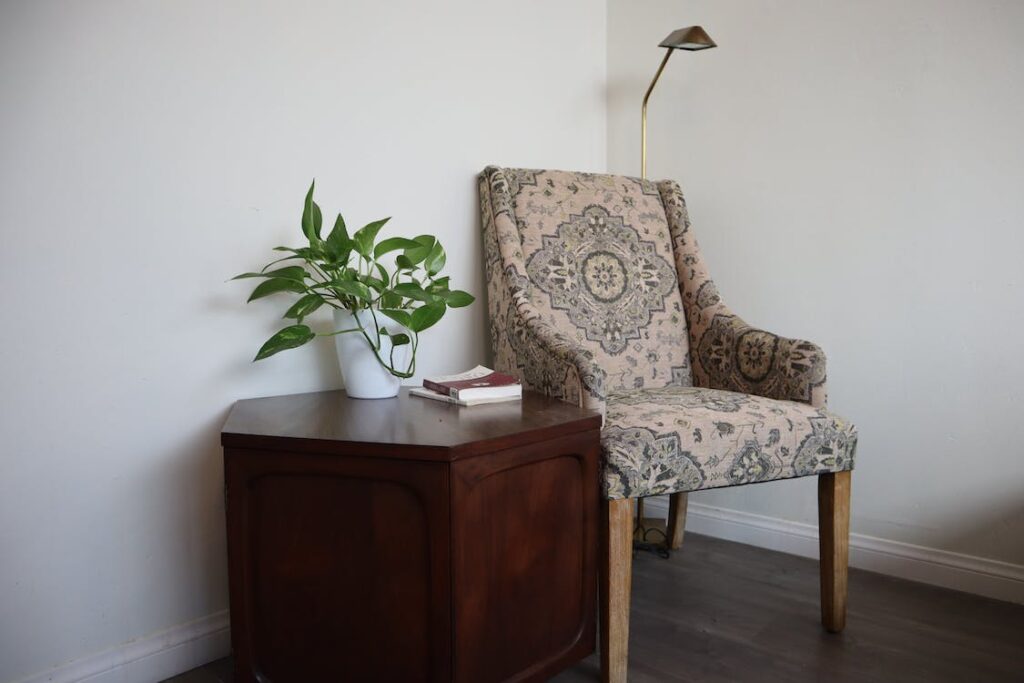
Buying and selling old furniture is more than just commerce.
Final Thoughts on Buying and Selling Pre-Owned Furniture
As the curtain falls on our exploration of buying and selling pre-owned furniture, it’s clear that this endeavor is more than just commerce—it’s an ode to the stories etched into each piece. The journey encompasses more than monetary transactions; it’s about preserving legacies, cherishing craftsmanship, and creating bridges between generations.

